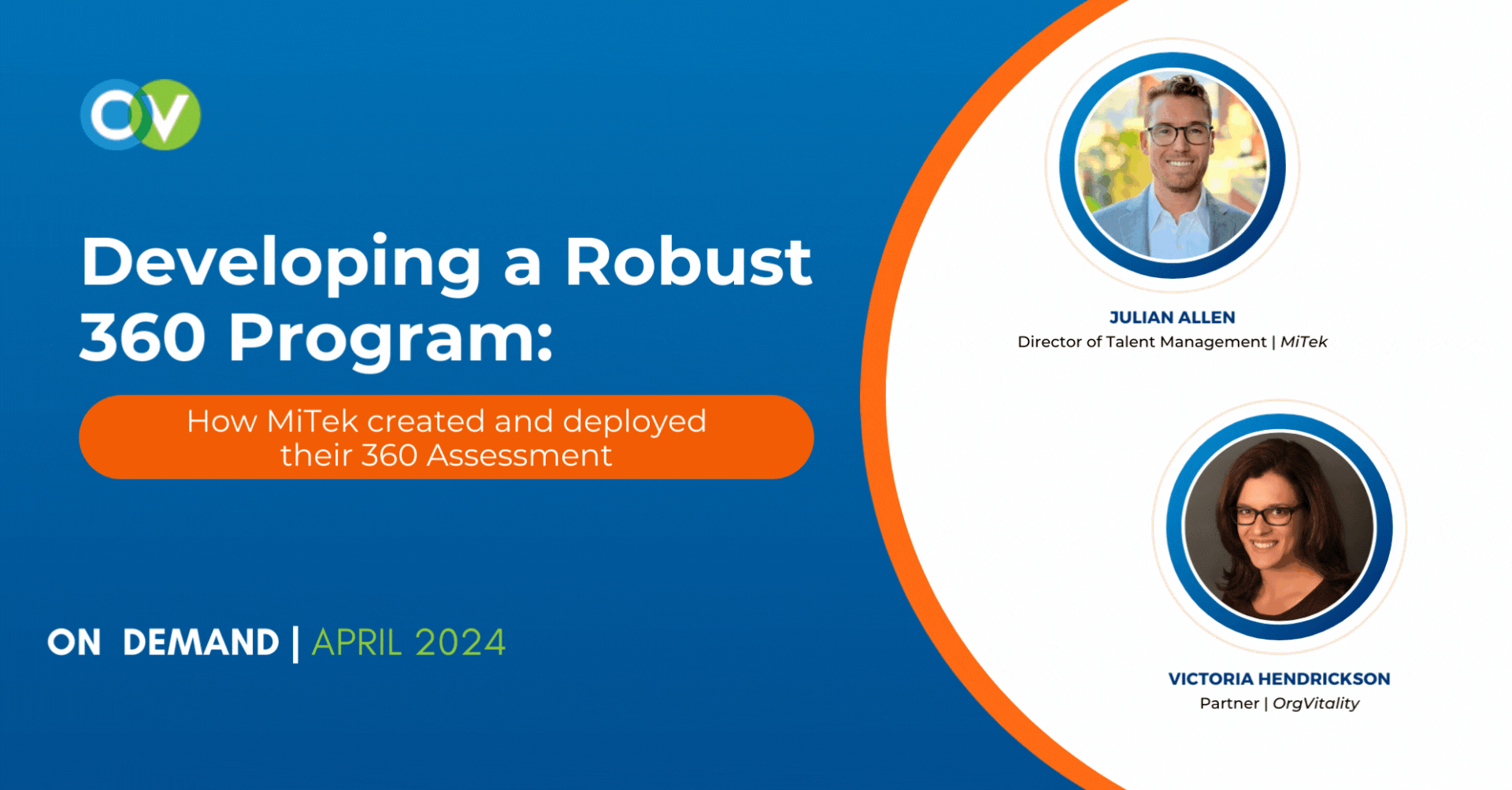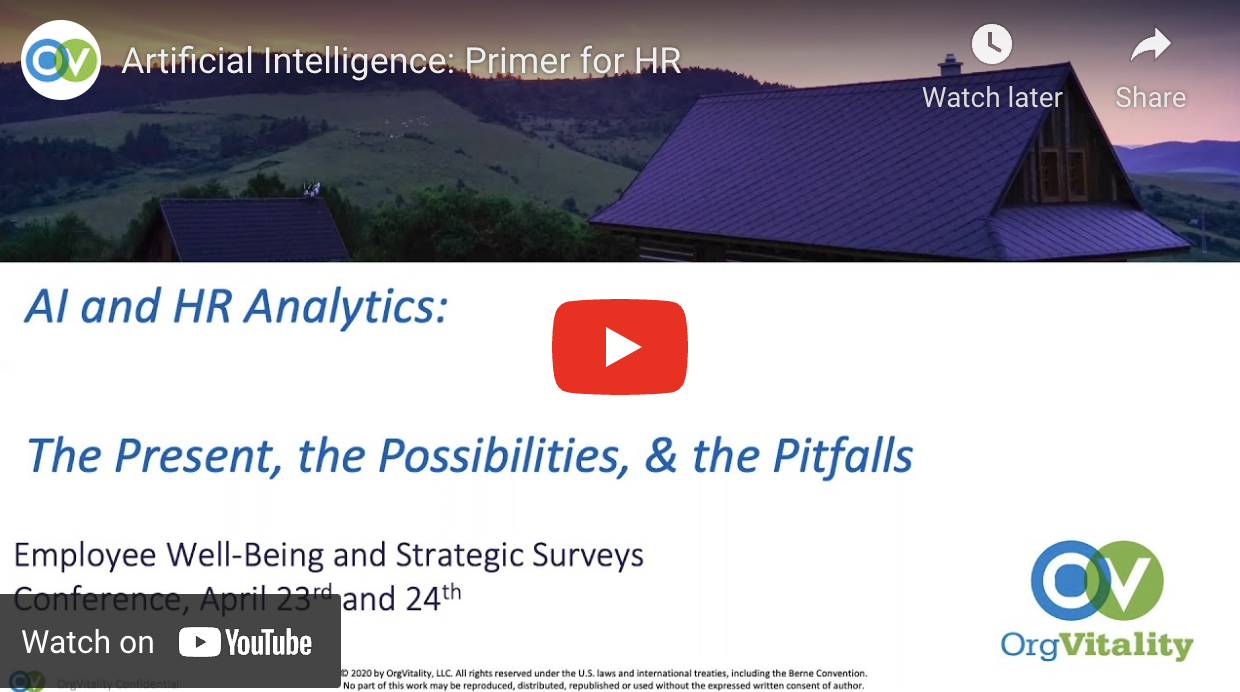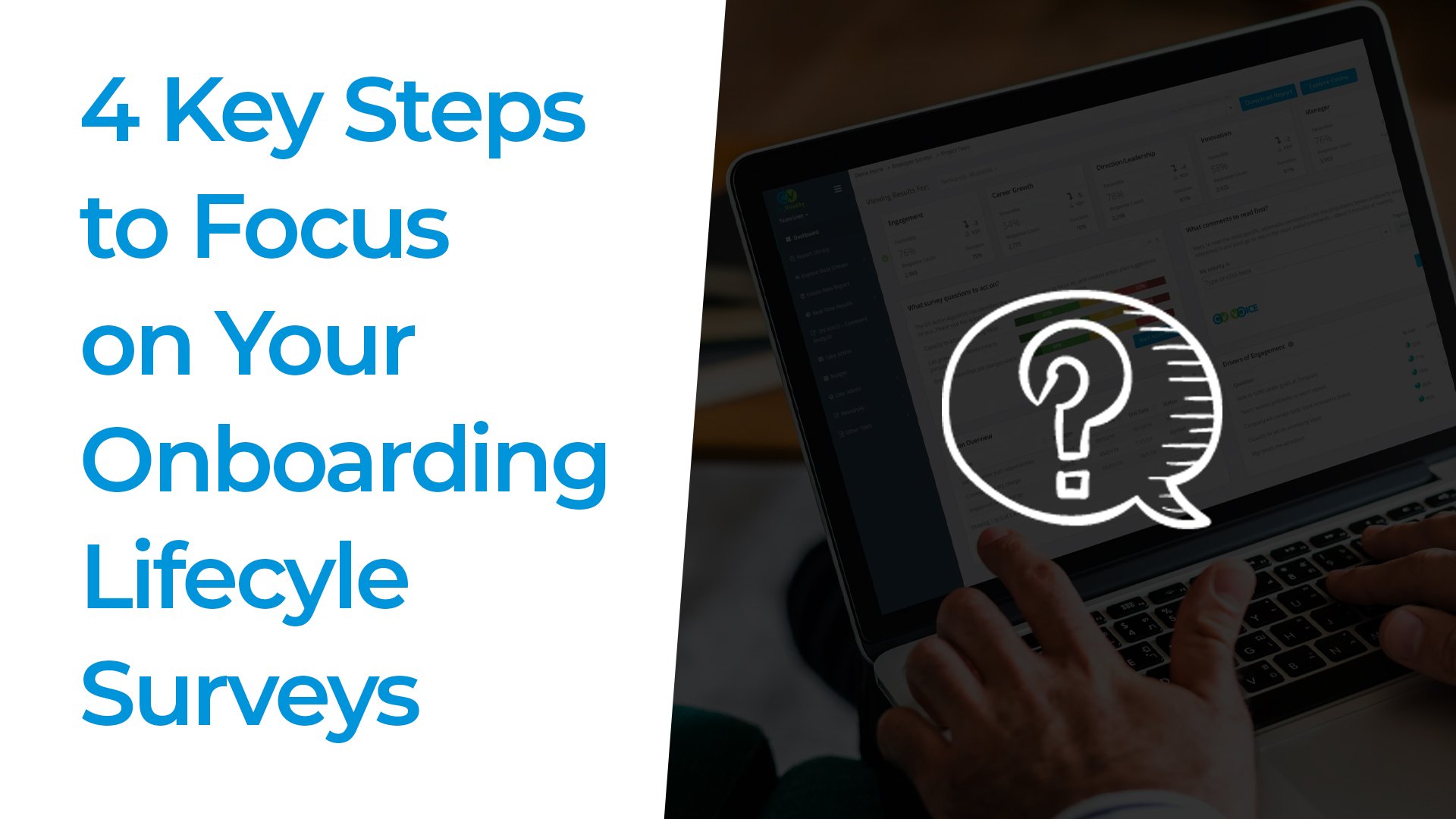
Building a workplace where every voice is heard is key to fostering a thriving and engaged workforce.
Understanding the Core of Employee Listening Programs
An effective employee listening program is more than just an engagement survey, or even a set of surveys; it is a strategic initiative designed to capture, analyze, and act on employee feedback. An impactful listening program creates an open channel of communication between employees and leadership, fosters a culture of trust and continuous improvement, boosts attraction and retention rates, and ultimately benefits both the employee and the organization.
Touchpoints for a Comprehensive Listening Program
There are many various touchpoints that can make up a listening program, and there’s no one-size-fits-all approach. Generally, organizations choose to have some mix of the following:
Annual Census Survey: A comprehensive survey conducted once a year to capture a range of topics, often including engagement, team dynamics, work process, manager and leadership effectiveness and other topics across the employee experience.
Pulse Surveys: Shorter, more frequent surveys that provide real-time insights into current issues and sentiments. They can also be used to measure how well the company is doing on any prioritized action areas following the annual survey.
Lifecycle Surveys: Milestone surveys conducted at critical stages in the employee journey, such as onboarding, mid-year, and exit interviews.
180 or 360-Degree Feedback: Feedback from peers, subordinates, and supervisors to provide a well-rounded view of an individual's performance and development areas. You can build upon a 180 or 360 program with a Development Check-In (DCI). Which helps employees follow up on their development progress. You might also want to consider adding a Teams Assessment to determine how well a team is working together and identify areas for greater effectiveness.
Each of these touch points are valuable on their own, although there are considerable analytic possibilities in combining data sets for integrated analyses to learn even more about the employee experience and which areas of action can lead to the most impact.
Choosing the Right Elements for Your Listening Strategy
When designing your employee listening program, it's crucial to choose the right mix of elements that align with your organizational goals and culture. We often start by asking executives, “If your CEO could snap their fingers and change one thing, what would it be?” Designing a survey program by starting with your biggest challenges is a great way to be sure it’s meeting your needs. For example, if retention is a critical concern, you might want to incorporate both onboarding and exit surveys into the mix.
It's also crucial to think about your resource availability. A well-crafted and acted upon survey can have a huge beneficial impact. Over surveying employees or ignoring the feedback can have just as much of a negative backlash. Ensure you have the resources—both human and technological—to manage and act on the feedback you collect.
Prioritizing Quality Over Quantity in Employee Feedback
While it might be tempting to gather as much feedback as possible, the quality of the feedback is far more important than the quantity. High-quality feedback is actionable, specific, and relevant. To achieve this, make sure you are using clear and concise questions that directly address the areas you want to improve. Each survey should feel authentic to your organization. Additionally, a well-designed communications strategy can make sure that employees feel safe to provide honest feedback.
Turning Data into Action: The True Measure of Success
Ultimately, collecting data is only the beginning; the true measure of a successful employee listening program is what you do with that data. The right mix of expert guidance and technological tools can help you uncover trends, patterns, and insights from the feedback. It’s also important to communicate the findings throughout the organization, as well as sharing how the organization plans to act on the feedback. Involving employees in this process to ensure their voices are heard will help build trust in the process and benefit your survey program long-term.
Author

Dr. Victoria Hendrickson is a partner and vice president in the consulting department at OrgVitality. She works to strategically design and administer employee surveys, customer surveys and linkage research. Across these tools, she works to gather data that helps leaders address their organization’s unique strategic challenges and to present findings as an insightful story that guides meaningful change. Victoria comes to OrgVitality with a background in organizational development and leadership development. She conducts applied research on topics of survey comments and organizational ambidexterity and regularly presents at national and international conferences. Victoria received her undergraduate degree in Social Psychology from Saint Mary’s College of California, and her Ph.D. in Organizational Psychology at Alliant International University.







